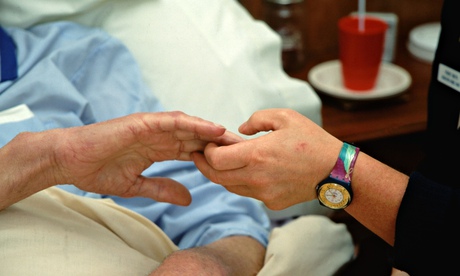
Your editorial (30 July) dismissing the use of checklists for end-of-life care is fundamentally misguided. It reveals a misunderstanding of what checklists are designed to do. You are right that care of the dying is in urgent need of improvement in the UK but you are wrong to suggest that checklists cannot help.
I helped design the surgical checklist – derived from that used to improve airline safety – in my work as a surgeon at St Mary’s hospital, London, which is now saving lives around the world. Similar checklists are being used in many other fields. Their purpose is to assist professionals with the myriad routine tasks that must be undertaken, freeing them to apply their particular skills as safely and effectively as they can.
Where checklists fail is when they are treated as a box-ticking exercise. That is what went wrong with the Liverpool care pathway, when some staff interpreted it in this way. They had not completed the task of caring when the boxes were ticked, they were ready to begin.
You say: “The point of a checklist is not to stimulate empathic engagement, but to eliminate it” and “it is not appropriate for end-of-life care. The clue is in the word ‘care’.” Exactly the reverse is true. The object of a checklist is to release professionals to do what they are trained to do – in this case provide the care, compassion and empathy that is so sorely lacking in our treatment of the dying.
Ara Darzi
Director, Institute of Global Health Innovation, Imperial College London
• Yes, caring for the dying requires both money and compassion. But writing an advance care plan when you are well can make this process less stressful for your family and will inform the medical professionals about your fears and wishes on how to die. It is free.
Joanie Speers
London







